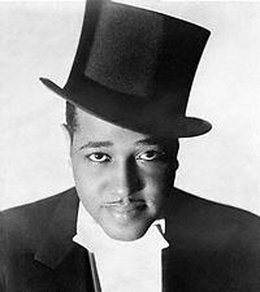 One of the most common laments I hear is along the lines of, ‘I’m really busy, how do I organise my practice routine’.
One of the most common laments I hear is along the lines of, ‘I’m really busy, how do I organise my practice routine’.
So today I’m going to show you how to, er, organise your practice routine…
For busy people :)
First, here’s an example of a student who was trying to work out a routine:
I divide up my practice time like this:
– 10 mins connecting arpeggios of the chords
– 5 mins applying chromatic enclosures
– 5 mins running scales over chords
– 5 mins applying licks
– 5 mins running scales in intervals
– 5 mins superimposing triads
– 10 mins soloing.
I used to do this kind of thing, too.
I’d write out all the things I wanted to practice and then figure out a way to incorporate all those elements into a routine.
Having a full list like this makes you think you’re doing a lot of practice, but it’s exhausting.
And, if you’re busy this looks more like work than fun.
This kind of routine might last a week or so before you want to poke yourself in the eye with a screwdriver.
There’s a much simpler, more musical way to do it.
And it’s this:
Learn Tunes
“Well, Duuuuh! I know that, but what about all the advanced stuff??”
Learning tunes is about the most advanced thing you can do.
If you do it right.
See, every piece of music you learn is a complete mini-lesson that covers just about everything:
- Form
- Composition
- Motific development
- Melody
- Harmony
- Technique
- Sound
- Feel
- Rhythm
- Orchestration
- Repertoire
- Arrangement
- Phrasing
- Theory
- Ear Training
- History
…and most importantly, it’ll give you things to play with other people.
Ok, enough talk, let’s just do it.
Can you play a G on your instrument?
Great, then you know most of Duke Ellington’s tune C-Jam Blues. I’ll leave you to work out what the other note is.
Now listen to this: [The pitch is sharp on this recording, but such is life :) ]
And now listen to this:
Do a bit of reading:
Get nerdy:
Learn that arrangement with the 4-bar breaks at the beginning. Where does that come from? Who did that first?
Play along.
Listen to it again and again.
Absorb the feel and the performance, etc.
Get the idea?
You could buy another book on ‘how to play the blues’, and get the big book of 6 billion harmonic variations with polymetric triad superimpositions, or, you could just learn a PIECE of MUSIC :)
So if you’re time starved [and who isn’t?] forget about EVERYTHING else and just learn pieces.
You don’t want to be one of those guitarists who knows a million techniques, or could bore you to death about how to superimpose hexatonic modes, but doesn’t know a handful of tunes.
So here’s my challenge to you today:
Over this weekend, learn ONE piece of music.
Get nerdy!
And I’d like you to share what you learn.
Find out something you didn’t know, and add it below
If you’re struggling in any way, let me know in the comments, and I’ll give you some suggestions.
Choose wisely, my friend.
Talk soon,
Mike
Thanks, Robin.
M
Hi Mike, great post on practicing. Please send me your list of 21 songs. I am getting a new trio together (2 guitars and bass), so I’ve been learning a lot of tunes recently and its surprisingly difficult but satisfying.